2020
2020 has come to a close and WHAT A YEAR it has been! We’ll start with a recap on our residents and then try to paint a picture of what our lives were like here at RASTA Sanctuary!
Currently, our official RASTA family consists of 115 non-human animals and three human animals. Unofficially it also includes some incredible volunteers and all of you, our amazing supporters ❤️
The non-human contingent is made up of:
1 Cow
1 Steer
30 Pigs
4 Sheep
8 Goats
1 Miniature Horse
3 Donkeys
35 Hens
5 Roosters
15 Ducks
3 Geese
6 Turkeys
2 Cats
1 Dog
The human contingent is Lucie, Andrew, and Sierra.
So. We’re pretty busy.
We welcomed some new members into our family this year, including Priya and Paisley – two piglets who came from a neglect situation and have teamed up with Piggy Sue to conquer the world, Zeus – a beautiful 50lb giant of a Turkey, Sam – a vision impaired Lamb, Sir Winston – a potbelly piglet, 6 beautiful female Muscovy Ducks – who are still growing into their colours so we’ve only named their Mom (Teresa) and one duckling (Shay), 12 Battery Cage Hens – one is now named Meghan and another is named Jean, and Ragnar, a Nigerian dwarf goat with a huge personality! We also welcomed Sierra – an amazing human – to the family and we’ll tell you more about her a little later.
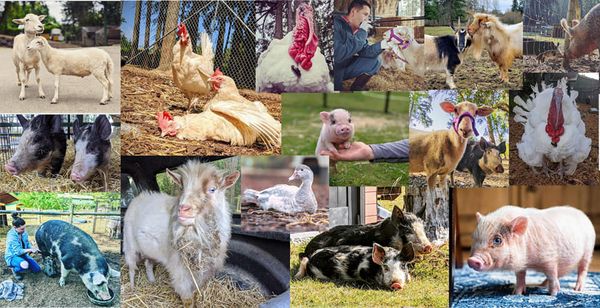
We also said goodbye to some members of our family here, and although we want to keep this post happy and light, we must acknowledge our beloved friends Suzie, George (the pig), Julie, Caleb, Pablo, George (the rooster), Helen, Janet, Pam, and Nancy. Saying goodbye is incredibly hard, and we miss and remember those who have passed on. Their presence was important, their absence is palpable, and the work of rescue and sanctuary goes on in their memory.
So although we end the year with more individuals here than last year, our RASTA family didn’t grow as much as it did in 2019, and a large part of that is circumstances here and also a little something called Covid-19 that you may have heard of…
COVID-19 arrived with a vengeance in the early spring of this year, and like everyone, we too were scrambling to prepare for this unknown threat. With over 100 lives depending on us, our first priority was their security. We immediately bought a three month supply of feed and bedding to ensure we could hold out if there were temporary disruptions to feed transport and availability. We had many sleepless nights uncertain of what the immediate future would hold for RASTA and it was, and to a degree remains, a very scary time. We also became aware that we would have to cancel all our tours, all our special events, and close the Sanctuary to all but a very small team of volunteers. We created new protocols to keep everyone safe, and shook our heads as the fruits of countless hours of hard work preparing and planning the year were made obsolete overnight.
There were bright shining lights amongst that chaos, particularly in the form of our amazing core volunteers who kept coming and helping us keep the world the same safe and happy place we try so hard to create for the animals. Another bright shining light, was Sierra.. RASTA Sanctuary, now in its 20th year, spent almost 19 years being run entirely by it’s founder Lucie Cerny and by dedicated volunteers. But the Sanctuary has grown immensely in that time, and reached a point where it either needed to scale back operations or bring in new help. Andrew came on board in the fall of 2019, and after a few failed attempts at hiring, we decided to post our job position of Sanctuary Caretaker to the general public. We received a pile of amazing applications but Sierra was our number one pick from the start, and we are thrilled to have her here. She is brilliant, kind, creative, dedicated, reliable, steadfast and an absolute asset to the organization as a whole. The animals here love and trust her and she helps to share their lives with all of you, usually throughout her work week in our Instagram and Facebook stories. Hot, cold, rain, snow, sad times and happy, she is here. We love you Sierra!
COVID-19 brought another unexpected challenge – funding. Our tours and events are a huge part of how the Sanctuary sustains itself financially. Caring for all the rescues is a massive cost, but this year those were dwarfed by the costs of upkeep. We had projects that HAD to happen, whether we wanted them to or not, and losing all the revenue of our tours and events was a sudden and major blow. Our efforts shifted from event-planning to grant research, and those efforts continue to this day. Several foundations have stepped up to help, and we are so very grateful to them. You, our supporters, have also been amazing throughout what we know has been an uncertain and challenging time for everyone, and we want to express our deepest gratitude for your steadfast support.
Our sanctuary upkeep projects can usually be planned in advance, but we couldn’t have planned for Eddie… At 3 years old, Eddie entered his rowdy teenage years as a steer, and our fences suddenly started to pay the price. He decided that since he was only 1500lbs, standing on them was a good way to reach the foliage he wanted on the other side.. which predictably resulted in large holes in the wiring – approximately goat-sized holes 😳. After a few instances of having to go and help the goats get back to the right side of the fence, we realized we’d have to replace all of it. Fencing is neither cheap, nor is it simple to install, and to this day we spend a significant amount of our time and effort installing all new “no-climb” fencing throughout the Sanctuary. Lucie, Andrew, and Caleb have spent many a 12+ hour day working literally from dusk to dawn doing the exhausting physical work of fencing. We’re getting there, but it’s been an endless task (and to be honest, pretty thankless since Eddie is very unappreciative of our efforts.)
Another major project that had to happen was the new Aviary! One of our big goals for 2020 was to move the flock from the old, dilapidated barn, and into a new purpose-built coop in a huge new aviary. We converted over 2/3 of the garden into this space, and constructed a beautiful new coop in an aviary that will become the space they truly deserve. The project has been worth the hefty price tag, and the birds all have significantly more space and comfort. Far from complete, our 2021 plans include adding a secure feed shed, full anti-predator netting, fruit trees, pathways, new grass, and hopefully even a pond and gazebo for our feathered friends to have shade and a truly enriched environment. This careful design will create not only a beautiful home for rescued birds for years to come, but also significantly add to the environmental sustainability of the sanctuary and help us with our educational tours, showing the public a different way to live.
Another reason we needed to finish the coop was…..THE BARN.
Ever since moving to Vancouver Island, the barn has been a priority. The ancient barn that came with the property seemed to need work, but it was a shock to find out it had no foundation and was literally sinking into the ground. Over two years, we managed to raise $100,000.00 to build a new one, and although other projects came and went, the barn project always loomed. The old one got worse and worse, needing constant upkeep, and each winter it was more work to keep it standing. In 2019, our friend Jordan Reichert of VIVA connected us to Michael Niemi, an architectural technologist, who very generously offered to design the barn for free! We worked with Michael extensively, and tried to design a perfect barn for the needs of the sanctuary. Having completed the architectural drawings, we had a barn builder out who believed it would be somewhere around $100,000.00-$150,000.00 to build. We hired a structural engineer and had drawings made, and sent everything for a quote but when we got our building quote back it was upwards of $400,000.00!! We were crushed. Trying to decide what important functions to let go of to now scale back was devastating.
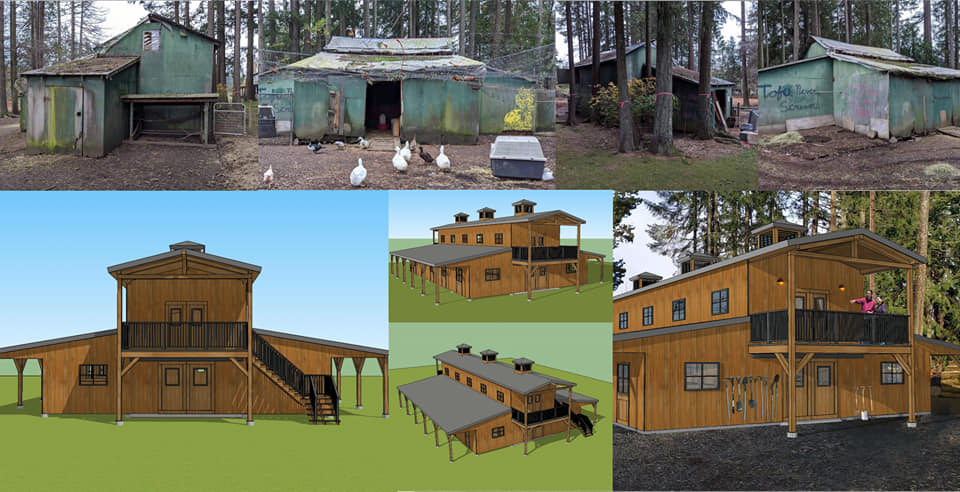
And then something amazing happened.. Island local Pamela Anderson came for a visit. We knew she was a local, but had never had the opportunity to show her the Sanctuary. She was at last able to come for a visit though and meet all the animals and learn about what RASTA does. Thrilled to have met her, it was even more shocking when later that day she returned with her partner Dan Hayhurst, a local builder, and they informed us that they were going to build the barn, and they were going to get it built for the cost of what we’d raised by donating all the labour required to construct it! We were floored. It seemed like a dream, and yet as news spread, we had messages daily of new offers of donated labour, materials, and discounts to get the job done. We immediately put the finishing touches on the new coop, moved the flock, and with a tearful goodbye tore the old barn down so that construction could begin.
Which brings us to where we are today. After demolishing the old barn and felling a large number of dead or dying trees on the property to mill them for lumber, we’ve excavated, filled, framed, milled, and are now watching foundation being poured before the walls will start to go up. It’s been a whirlwind and it’s exciting and amazing to see. The animals have kept field access this winter so they don’t get antsy with less space, and by spring a new barn will be standing! Dan and Terry, our powerhouse builders, are here daily working away, donating time to get this job done while we’re able to focus on continuing all the the rest of the work required to keep the Sanctuary running.
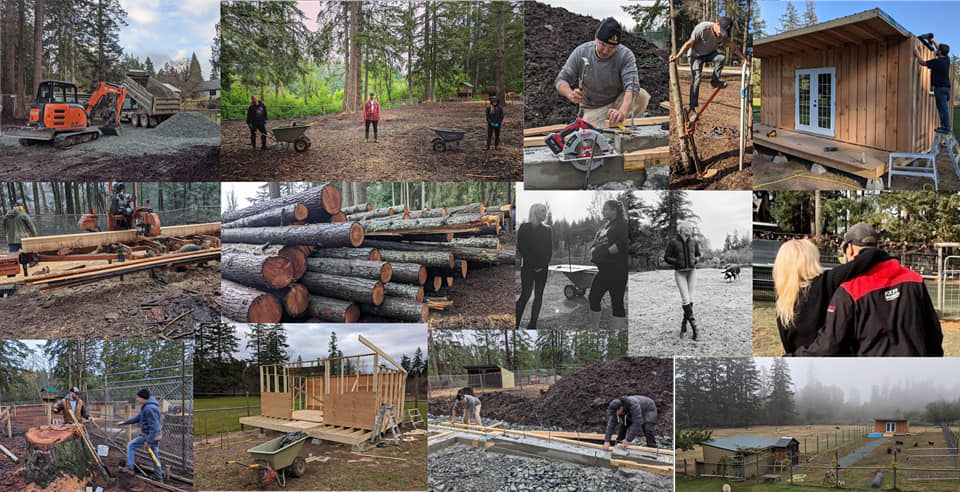
Behind the scenes of all of this has been the usual fundraising efforts, daily feeding, regular upkeep, seasonal upkeep, special needs care, regular and emergency veterinary needs, new arrivals, merchandise design and sales, calendar design and sales, coordinating with other sanctuaries, scrapes, cuts and other simple but immediate medical needs, website maintenance and updating, volunteer coordination and training, countless emails and messages to answer and much much more. The work keeps going and we do our best not to get totally burnt out by what is, at the end of the day, always a labour of love.
And so we enter 2021 with great hopes and dreams coming to life in front of us. It has been a huge amount of work, but it’s happening. The aviary enrichment project will continue, the fencing will continue, and the barn will go up. We cannot possibly thank Pamela and Dan enough for what they are doing, and we cannot adequately express our extreme gratitude to all our incredible volunteers and to you, our supporters. We have had an incredible year, and although 2021 is set to be another uncertain year we hope to welcome the public back in some fashion this year so we can show off all the amazing changes to the sanctuary.
So Happy New Year! Thank you for all the continued support – we love you all – and we’ll keep doing our very best to be a force for good in the world. We’ve got some very exciting new things happening quite literally just around the corner so stay tuned!
Love,
The RASTA team
2019
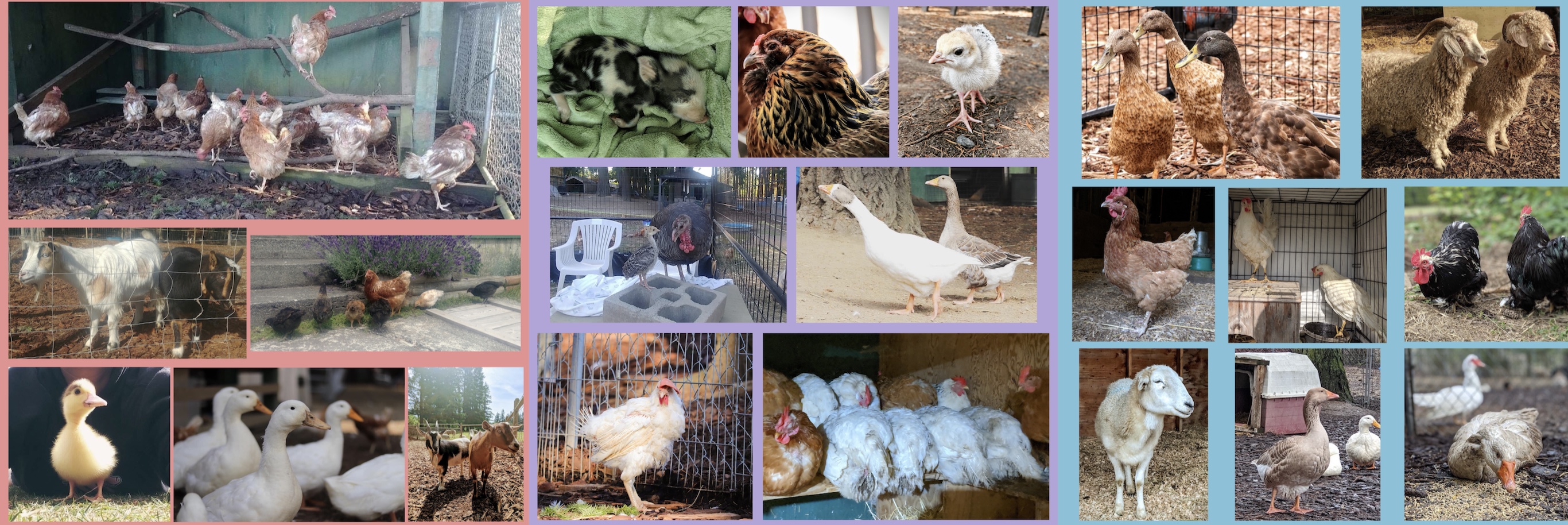
What a year it’s been! We welcomed 66 new residents to the RASTA family throughout the year, which is an average of 5.5 new animals every single month! The added rescues bring the total number up to 111 animals from 12 different species that call RASTA Sanctuary home, our RASTA family currently looks like this:
1 Horse
1 cow
1 steer
1 Dog
2 Cats
3 Sheep
3 Donkeys
7 Goats
30 Pigs
3 Geese
6 Turkeys
10 Ducks
43 Chickens
Of course, 5.5 animals a month isn’t actually how they arrive (that would be …. odd) and each and every arrival comes with a story, so here’s a brief recap of what the year was like as we welcomed all our new family members.
The year started out big with the arrival of 19 brown egg laying hens in January, who were part of a flock of over 100 who were abandoned on the Saanich peninsula when their egg production decreased. They were in very rough shape and sadly did not all survive the ordeal they’d been put through, but most are still with us and are thriving and living free as they should. Then in February Ziggy & Tyson, a pair of extremely friendly little goats, were surrendered by a family that had adopted them from Beacon Hill petting zoo – the reality of petting zoos is often animals being adopted out to homes that they then need rescue from, even though they claim the animals go to forever homes. One of many reasons we encourage people not to support zoos of any kind, since breeding animals for human use is always exploitation.
In March, little Ducky Charlotte, who turned out to be a Muscovy duck, ran away from the duck farm she was born on. She was just a few days old at the time, and effectively freed herself and saved her own life! Then in May, before Ducky was even full grown, 6 Pekin ducklings arrived from a school hatching project in North Vancouver, followed immediately by Melody & her 8 chicks, who were found wandering on their own (5 of the chicks turned out to be roosters). We went from no babies to having 15 baby birds all at once!
In May we also welcomed Patty & Selma, two female goats, who were surrendered to the Sanctuary by a woman in Chemainus who was no longer able to provide for them, and then our dear little Piggy Sue was found abandoned on the side of the road on the day she was born. Sue was either discarded by a farmer, or possibly born on a slaughterhouse truck during her mother’s transport. Now that she’s bigger it’s very clear she is a runt and that could easily be why she was abandoned – farmers generally don’t keep runt piglets as they won’t grow to be profitable. Her rescue and recovery was a miracle and would not have been possible without collaborative efforts with our dear friends from A Home For Hooves Sanctuary.
In June Helen, a brilliantly marked Americuana hen, was found in the forest having been abandoned. Often people simply abandon chickens when they no longer want them. Helen is happy and comfortable here though, and settled into the flock easily.
Then, in July, we had a HUGE surprise! Phoenix & Terri VERY unexpectedly joined our family after our hermaphrodite turkey Gerry (who veterinarians thought was essentially male) cleverly hid a nest, something that has never happened in RASTA’s 18 years of operation! Terri hatched normally, but Pheonix had to be taken out of his shell by hand and looked to be dead until suddenly he came to life – he was very fragile but with around the clock care he grew strong and has captured the hearts of everyone who meets him, and now spends time with his sibling Terri exploring the Sanctuary and causing all sorts of trouble for the rest of the (much bigger) residents here.
In August, Gustav & Gabriella, a bonded pair of geese, were taken out of a neglect situation by the SPCA and then travelled from Saanich to here. Both were very skinny when they arrived, but they’re healthy now and Gus greets each day by announcing as loud as he can (which is extremely loud) that he and Gabby are ready to go back outside!
Then a very special hen, Corie, was surrendered after being saved from a battery cage farm and from slaughter. She was in awful condition when she first came, and had never seen the sky, or the sun, or breathed fresh air. She is an example of the inherent cruelty of keeping any birds in confinement in barns and of the egg industry in general. Shortly after her arrival, 7 more former battery cage hens were surrendered to us by Goats on the Rock, which was one of the BC farm sanctuaries that closed down this year and had to rehome the animals in their care.
In September Ruby, Alice & Ernie, three runner ducks, were surrendered by a family that was unable to keep them safe due to predators, and then Benedicta, a brown hen, came for the same reason when her caretakers no longer felt she was safe.
October started out with Miguel & Chico, a pair of angora goats, being surrendered from their former home on Salt Spring Island because their caretaker, although she loved them dearly, could no longer provide the care they needed as she was growing older. Then Jubilee & Rose Ann, two hens who were rescued from a battery cage farm, arrived and joined our now extensive flock of rescued egg laying hens.
In November a couple of little bantam roosters, Tazz & George arrived. These two fellas were at risk because neighbors complained that they were noisey, causing bylaw officers to threaten their caretakers. They are sweet and gentle roos and Taz is quite the cuddler! Roosters are easily the animal we have to turn away the most. They’re the unseen victims of the egg industry and even with small backyard operations, roosters are sent to homes improperly sexed as hens and then they need somewhere new to live because they’re loud and territorial and urban environments simply aren’t suitable for them. We now have 8 roosters here at the sanctuary and are unable to consider any more, despite the desperate need for homes for them.
And that brings us to December, during which Betty White, a 9 year old Katahdin Ewe Sheep, was surrendered because she was no longer young enough to breed, and the farmers had grown attached to her and wanted her to live. Betty is such a gentle soul, and as a senior she gets free reign of the yard around the house. It’s always baffling when someone sees something “special” in an animal and that’s why they spare them. All animals are special, and intelligent, and deserving of a full, long, natural life free of exploitation.
To bring 2019 to a close, two geese named Mars and Guinevere arrived just before Christmas. Mars was injured when he was brought to a wildlife rescue up island, but unfortunately when he arrived we realized that the extent of his injuries meant he was unable to walk and any movement by him was heartbreaking to watch and frightening as he could easily injure himself severely. We very sadly decided that having him remain in that condition was unfair, and we said goodbye. On the same day, Guinevere, (who was also injured when she was found but had been nursed back to health by her caretakers) was surrendered so she could live with other geese. She is settling in very well, and spends her days following along after Gus and Gabriella. We will hopefully meet a male friend for her in the new year, as geese bond very closely in pairs and that would be the ideal situation for her.
So all in all, it’s been an incredibly busy year (to say the least) For most of 2019, there’s been at least one baby animal in the house needing care and attention which means the work is even more of a non-stop occupation than the already 24/7 job of running a sanctuary. All the work that happens on top of caring for the animals outside, like administration and event planning and merchandise sourcing and ordering and sales all happens while also keeping an indoor baby bird, or piglet, or both occupied and safe at your side.
And of course it’s important to remember that RASTA is a forever home. Many of these new residents will spend their entire lives (over 10 years) here, and that makes a big difference to how many we can accommodate – we say yes to as many animals in need as we can, but before doing so we first have to assess whether or not we can properly provide for them for the entirety of their natural lives, because we have a responsibility to those who are already here and it would be irresponsible to put them at risk in any way, which means that while we said yes to 66 individuals, we also had to say no many times.
Saying no is hard, it’s actually heartbreaking – we get asked to take in animals almost every day – so we try to help find somewhere appropriate for those who we cannot accommodate. Saying yes when it puts our current residents at risk or is unfair to the new arrival is not something we do, because we also do not keep individuals in small enclosures or alone past their quarantine – all the animals at RASTA live in community, which is normal for us but actually very rare in sanctuaries, and the ability to integrate someone safely and comfortably into that community is extremely important.
The other very important piece of what we do is education. This year we had over 300 visitors and each one of them left knowing exactly what they support when they purchase animal products. Our rescues are here because they’ve been commodified by our society and we do our best to teach individuals that it is their choices that make a life or death difference for animals every single day. We maintain that we will never rescue our way out of this situation of animal use and abuse – there are simply too many animals – so we must work to help individuals change to eliminate the demand for animals to be bred into the animal agriculture, animal entertainment, and animal product industries.
All of the work we do, whether it’s rescue or education, would not be possible without our many supporters. We are primarily volunteer based and are a registered charity, so to everyone who came to help, sponsored an animal, donated once, or monthly, held a fundraiser, or contributed skills or services as an individual or business, we cannot possibly thank you enough!
So what’s on for 2020 at RASTA?
Well 2019 was amazing, and a very busy year for everyone at RASTA, but soon 2020 will begin and it’s set to be even busier, and even MORE amazing!!
Before we get into the details, we just wanted to give an update on our 18th anniversary event – it has been wonderful hearing about how much everyone enjoyed it, and it was so great to see so many of our wonderful supporters all out for the evening! And the event was a HUGE SUCCESS – in total, we raised $7025.05 and that will make a big difference to all our residents, so THANK YOU to everyone who made the evening so special ♥️
We have some massive plans for the upcoming year, the biggest of which is that we will finally, after years of fundraising, be building a …..drumroll please….. BRAND NEW BARN!
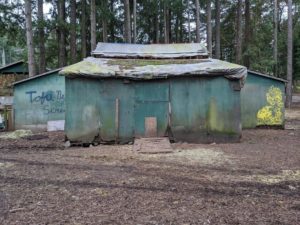
We raised over $100 000.00 towards this project, having no other option when we discovered that the barn that came with the property here on Vancouver Island (a barn we expected to simply repair) was built without a foundation and would need to be completely replaced! The safety of our residents is paramount, and every winter the current barn has gotten worse, so this project is our highest priority!
But wait, there’s more!
As anyone who has visited will know, our lovely flock of winged residents currently calls the barn home – so before we tear it down, they need a new place to live…
After much consideration we’ve come up with a plan we’re very excited about – we’ll be transforming our garden into a specially designed area that will house all the birds! We’ll be netting the entire garden off so it will be completely safe from predators above, and will be building an expanded and purpose-designed coop for them to sleep and eat and roost in, and we may even build a smaller separate coop so the roosters can have their own space each evening (sort of the bird version of a man-cave). This will not only keep all the birds safer, but they’ll have more space to roam, berries to eat, and it will be easier for our volunteers to clean. All in all a much needed improvement and a huge upgrade for these very important members of the RASTA family!
As soon as the birds have moved, we’ll be starting construction on the new barn! We’ll be building what’s called a “Monitor Barn”, which allows for spacious stalls on either side of a large hallway and a full length hay loft above. This new barn will also be where we conduct the educational component of our tours and will give us the ability to have a proper medical area for any of our residents in need of special care. It will be a massive upgrade from the current barn and will make a big difference in the lives of the animals here by not only providing upgraded shelter for the winter months, but also by making us more efficiently able to do the day to day work it alleviates a lot of extra effort and lets us focus on more important aspects of caring for their needs.
We’re also very excited to be expanding our educational programs to larger groups like schools – teaching people about our residents and why they’re here is so important, and welcoming school groups will be an amazing way to widen the reach of our compassionate education. So, all you parents out there – start asking your kid’s teachers what they’ve got on the agenda, because a trip to RASTA, where all animals are loved and equal, would be a fantastic opportunity for their students!
Don’t worry though – our regular tours will still be available, so keep an eye on the website once the weather starts to improve! We welcomed over 300 people for tours in 2019, and that’s a number we’re expecting to well exceed in 2020. All our other fun and special events, like melon smashes and applepaloozas, will be happening too!
So to all our friends out there, HAPPY NEW YEAR!!!! We are beyond excited to see what adventures this year will bring and we can’t wait to share them with you all!! ♥️
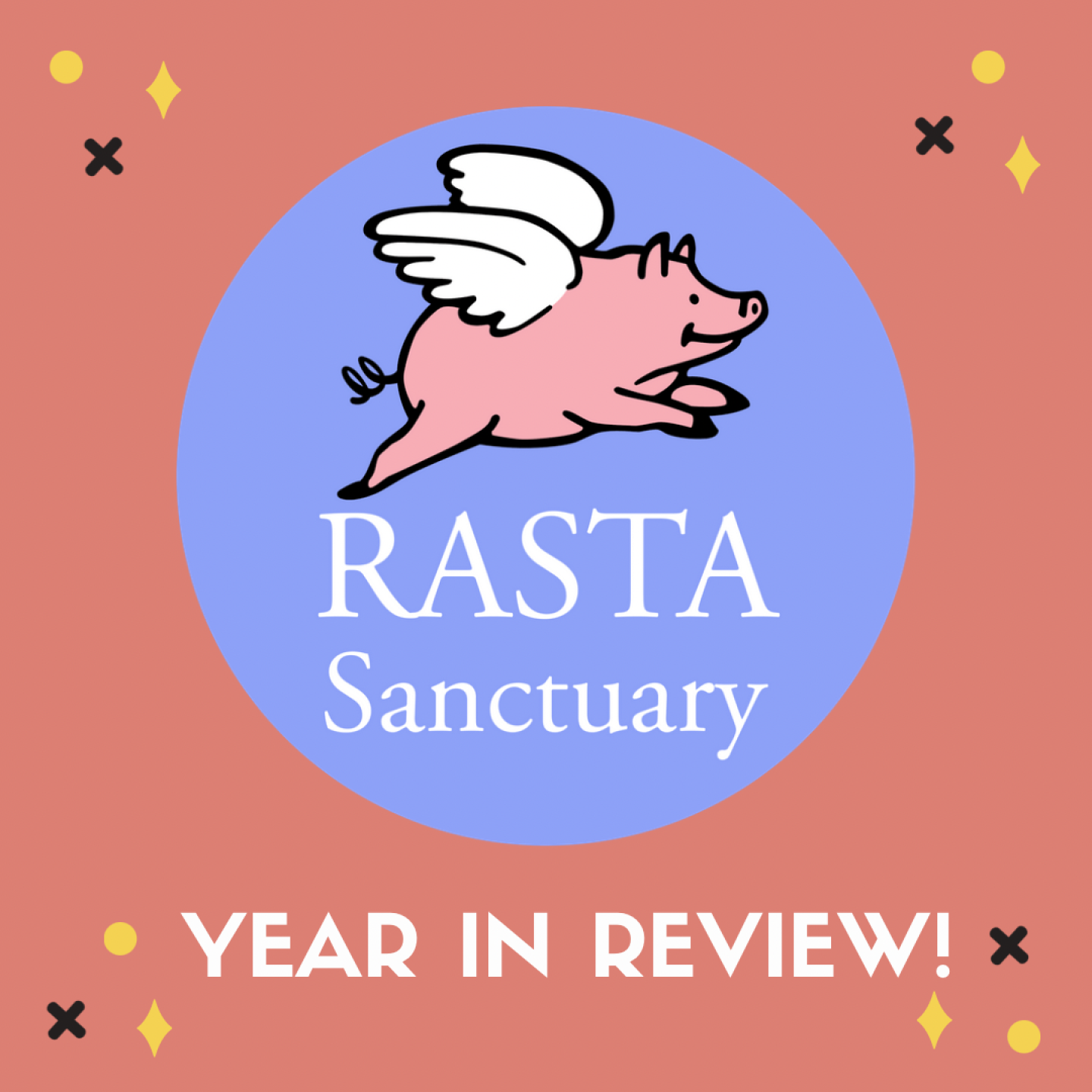
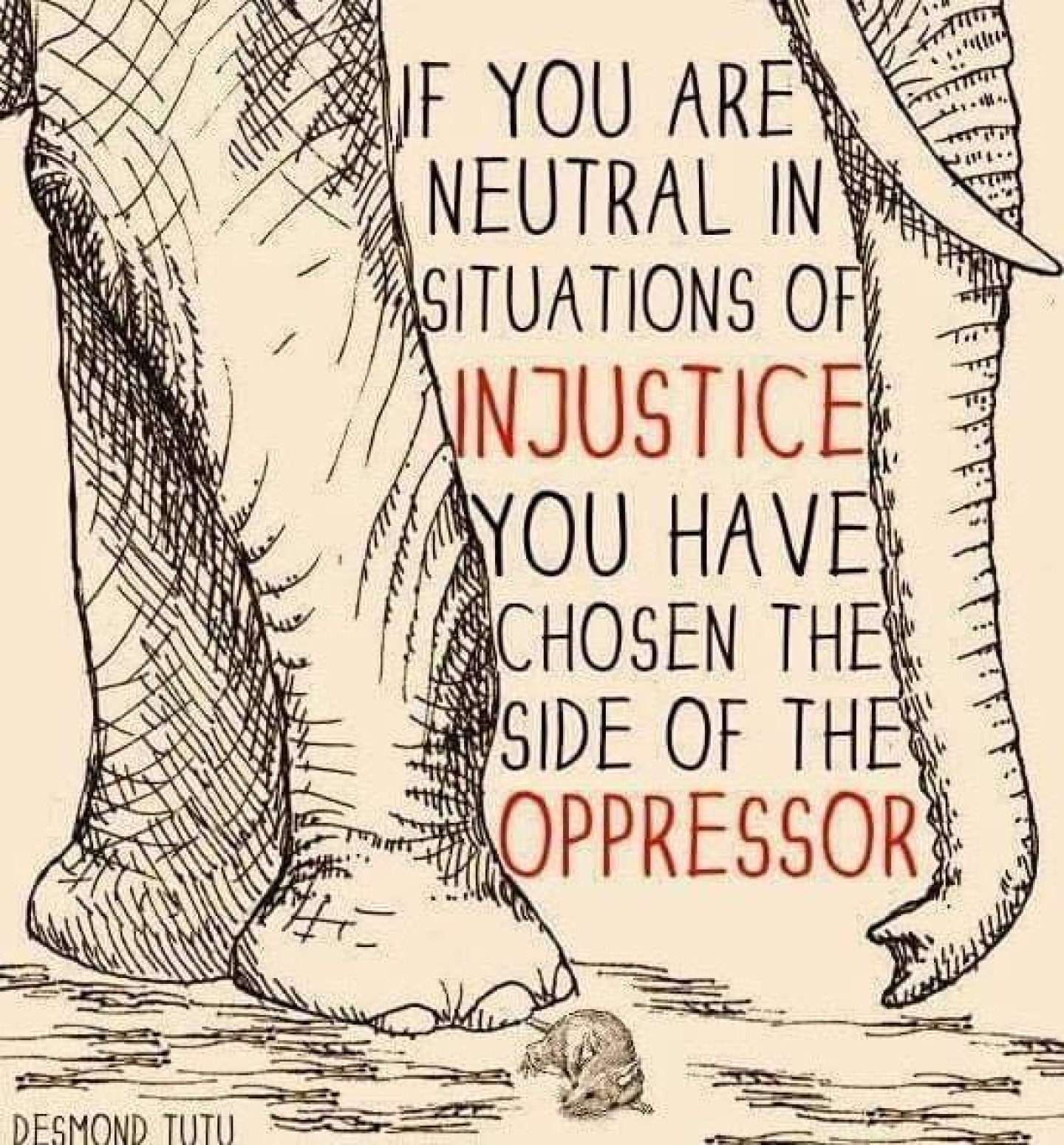

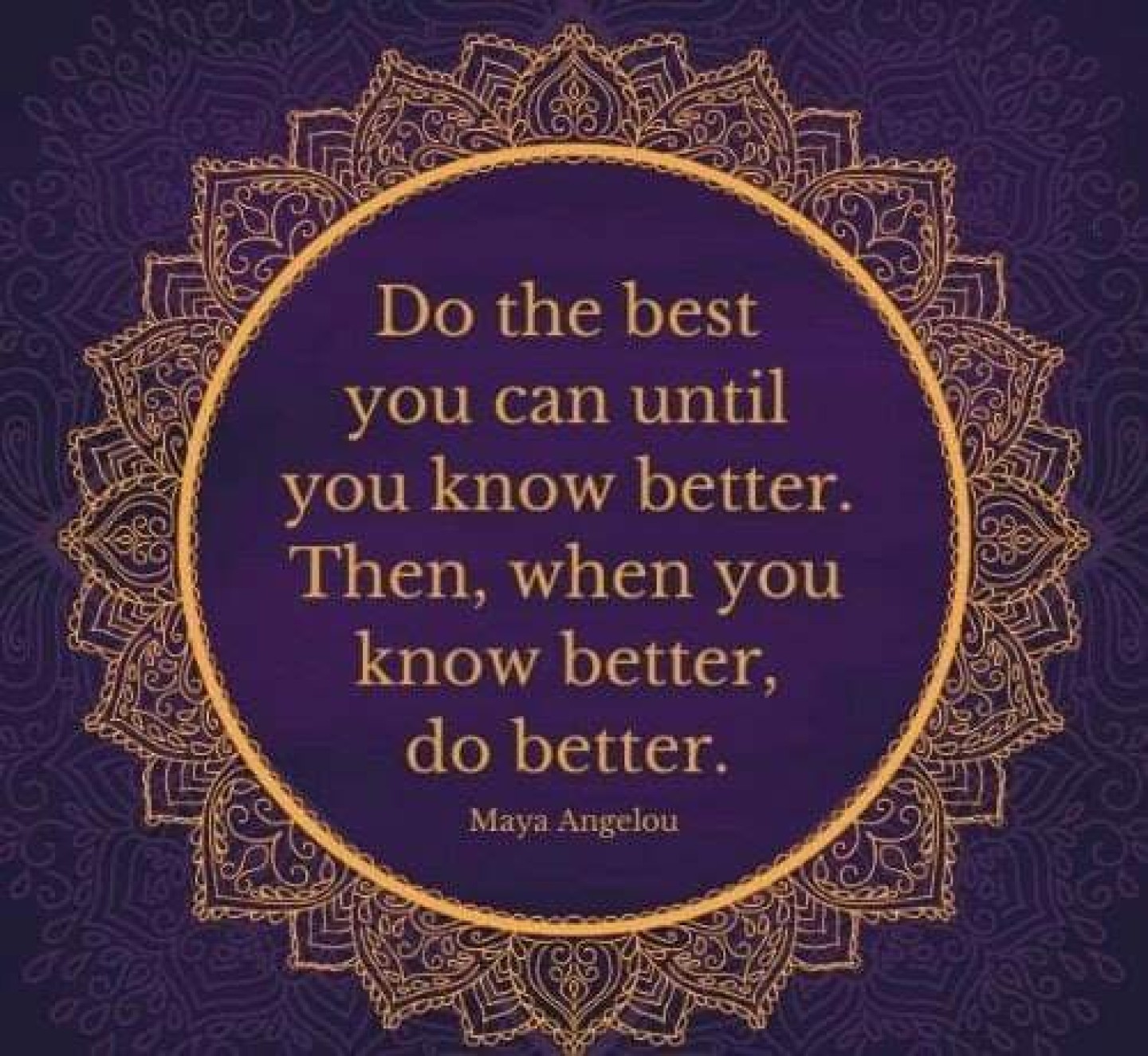

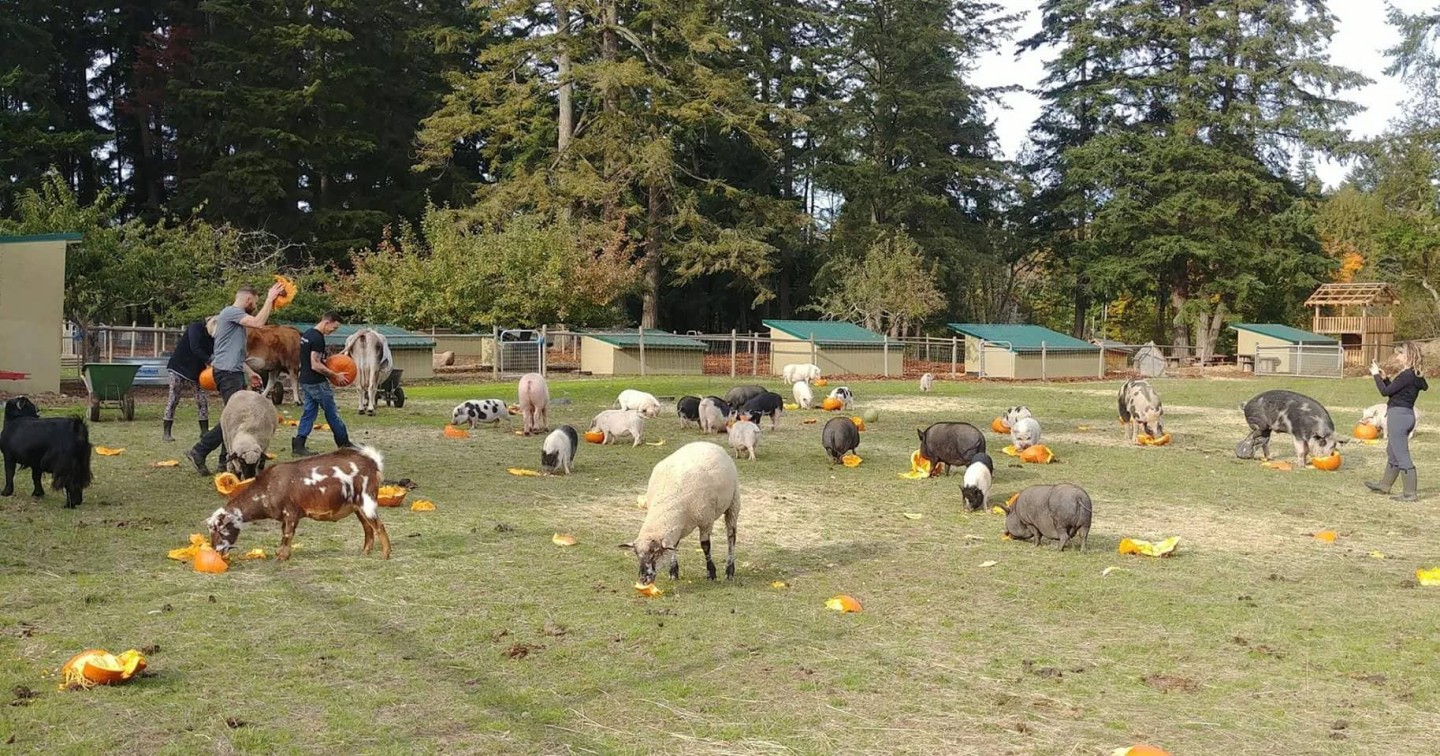
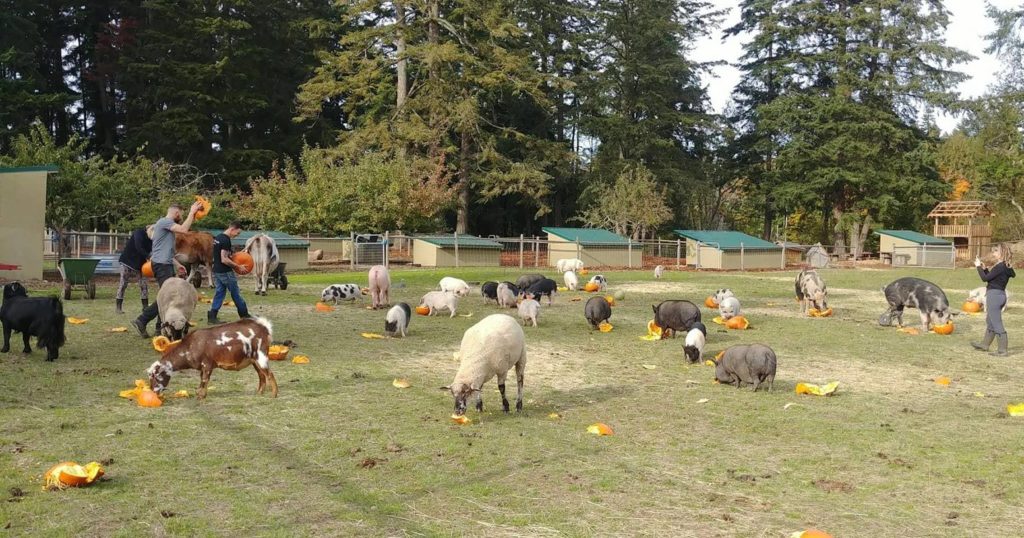
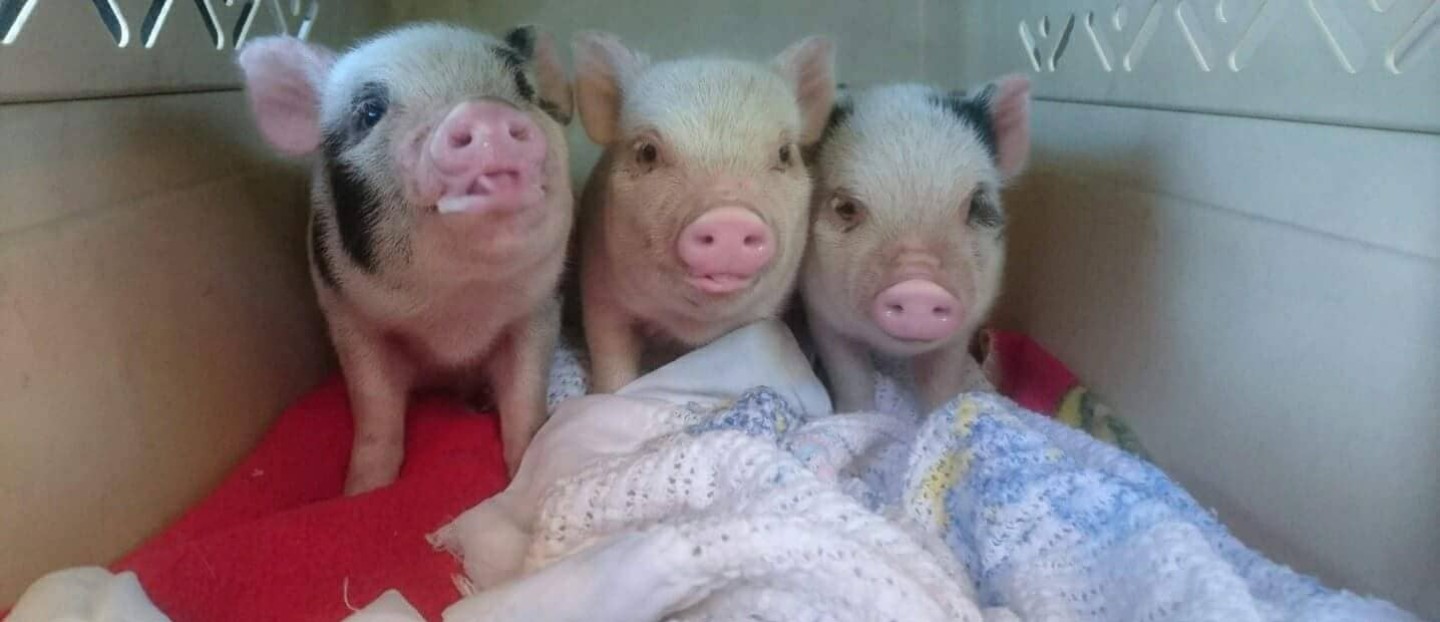
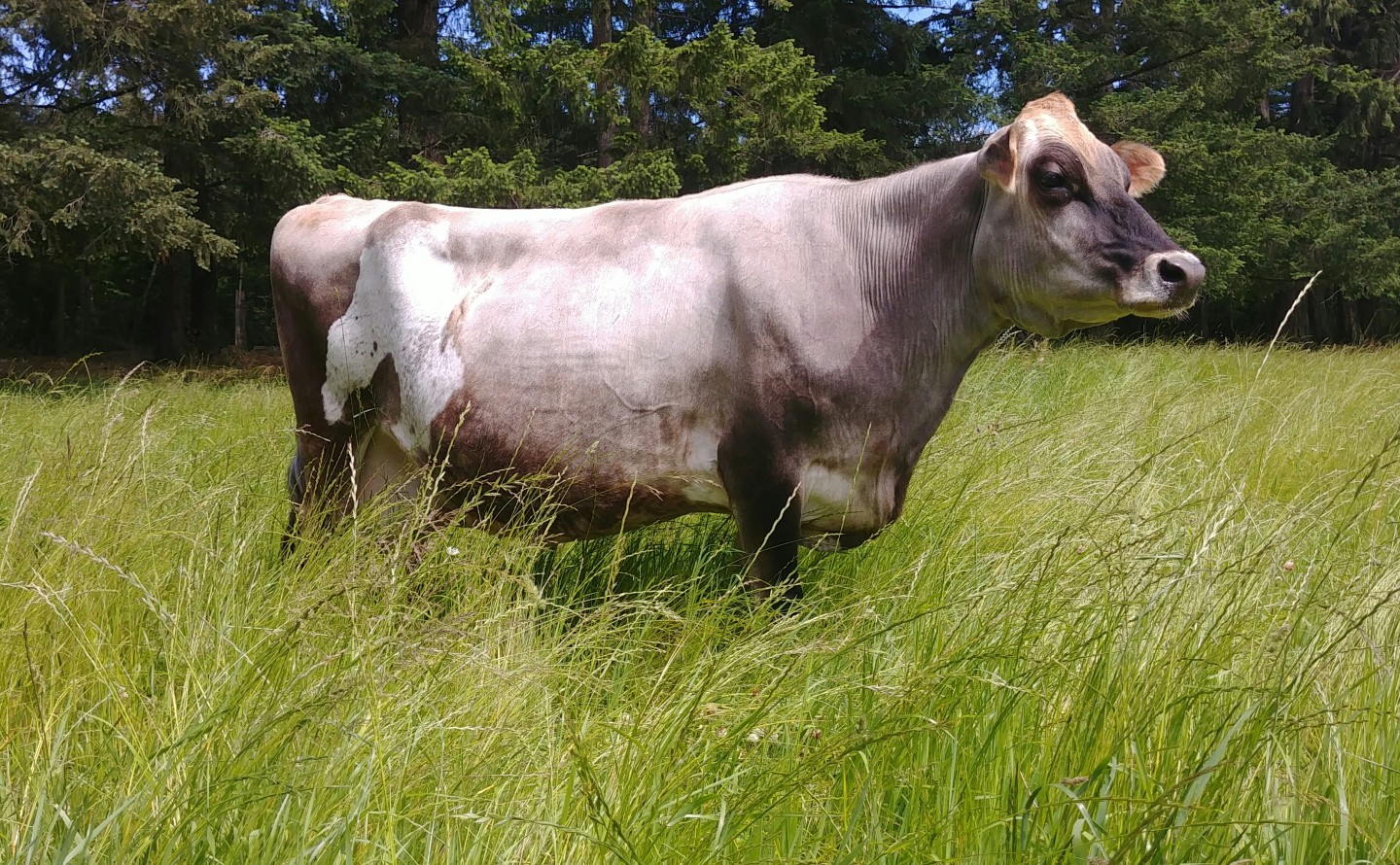
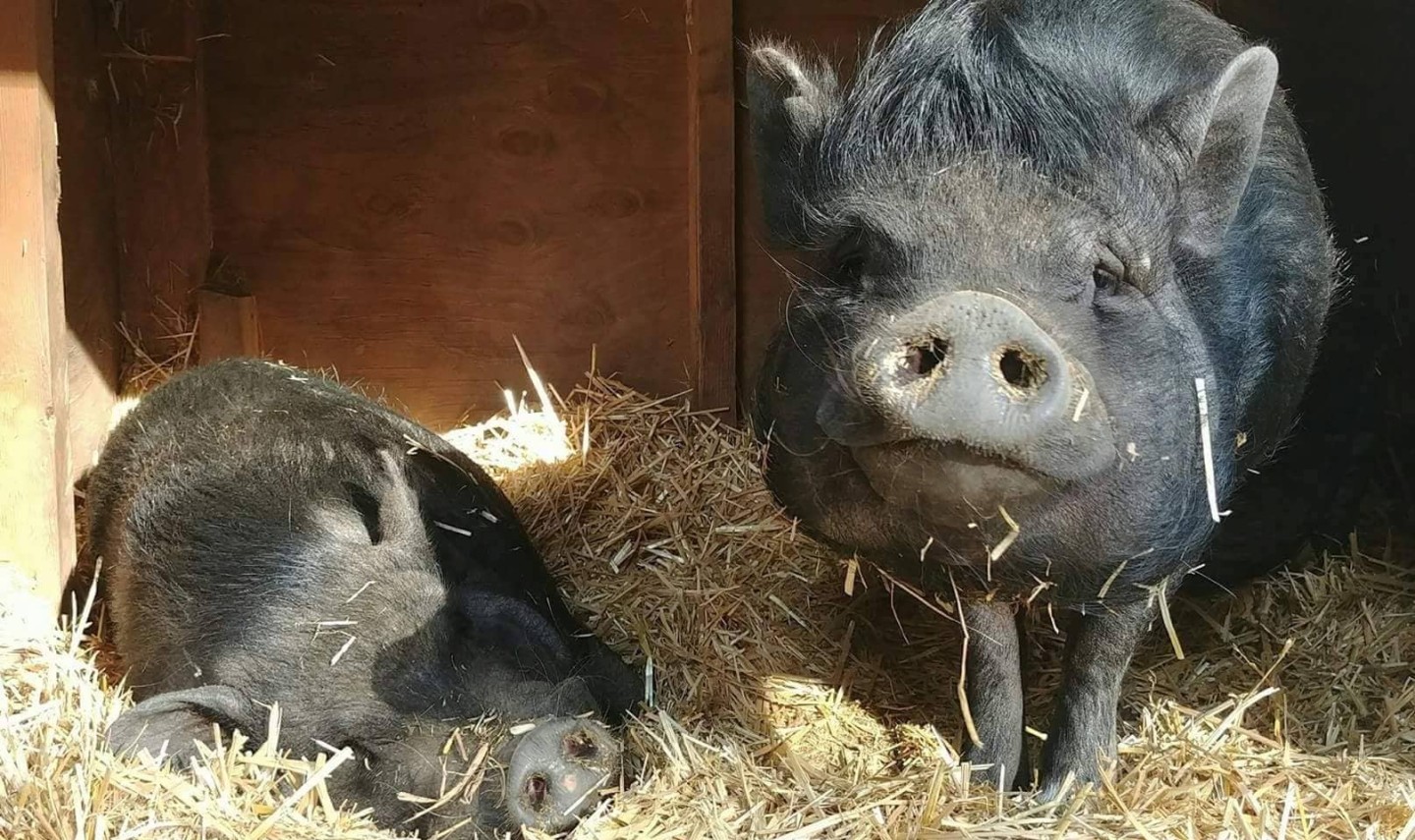
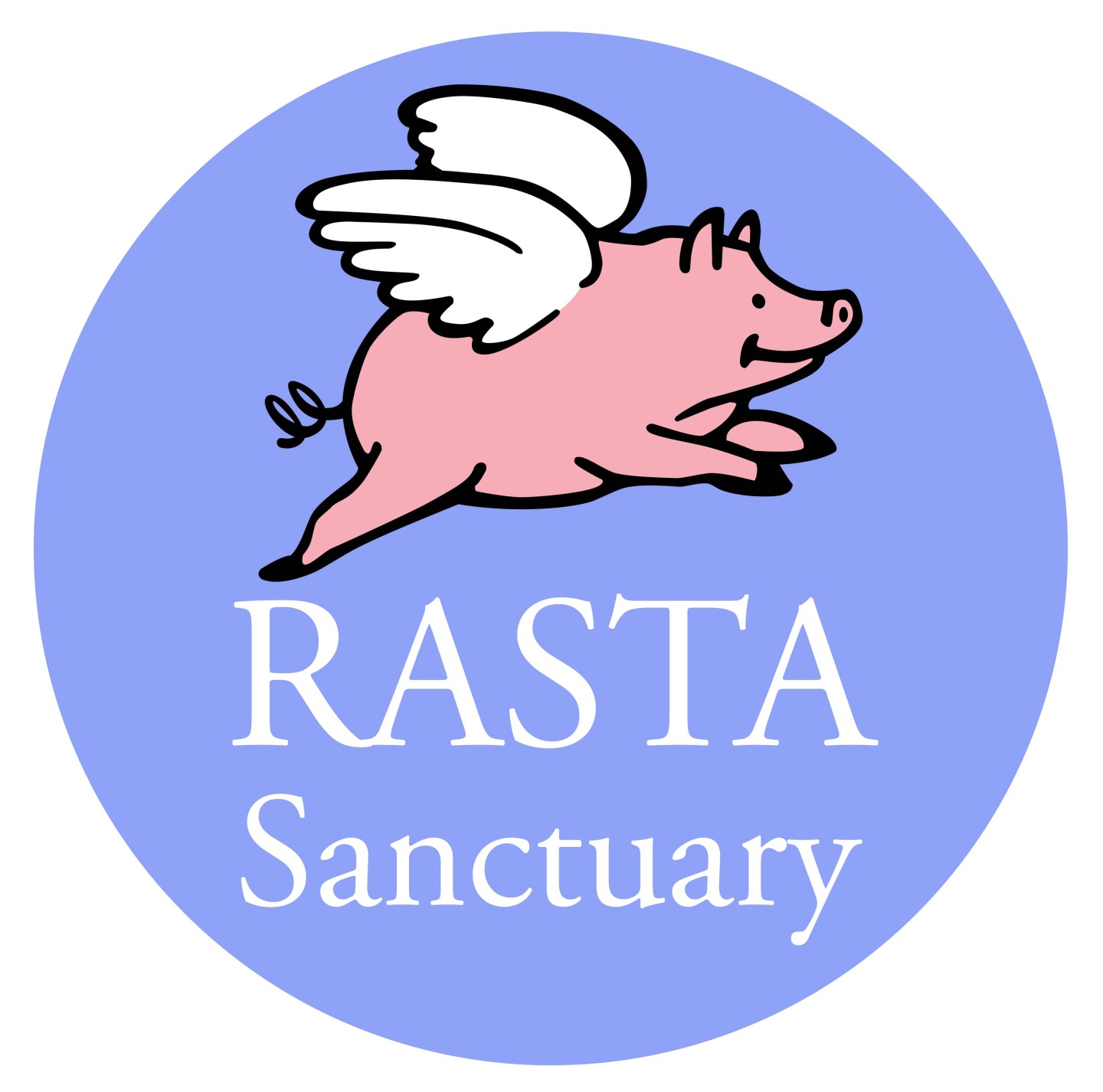
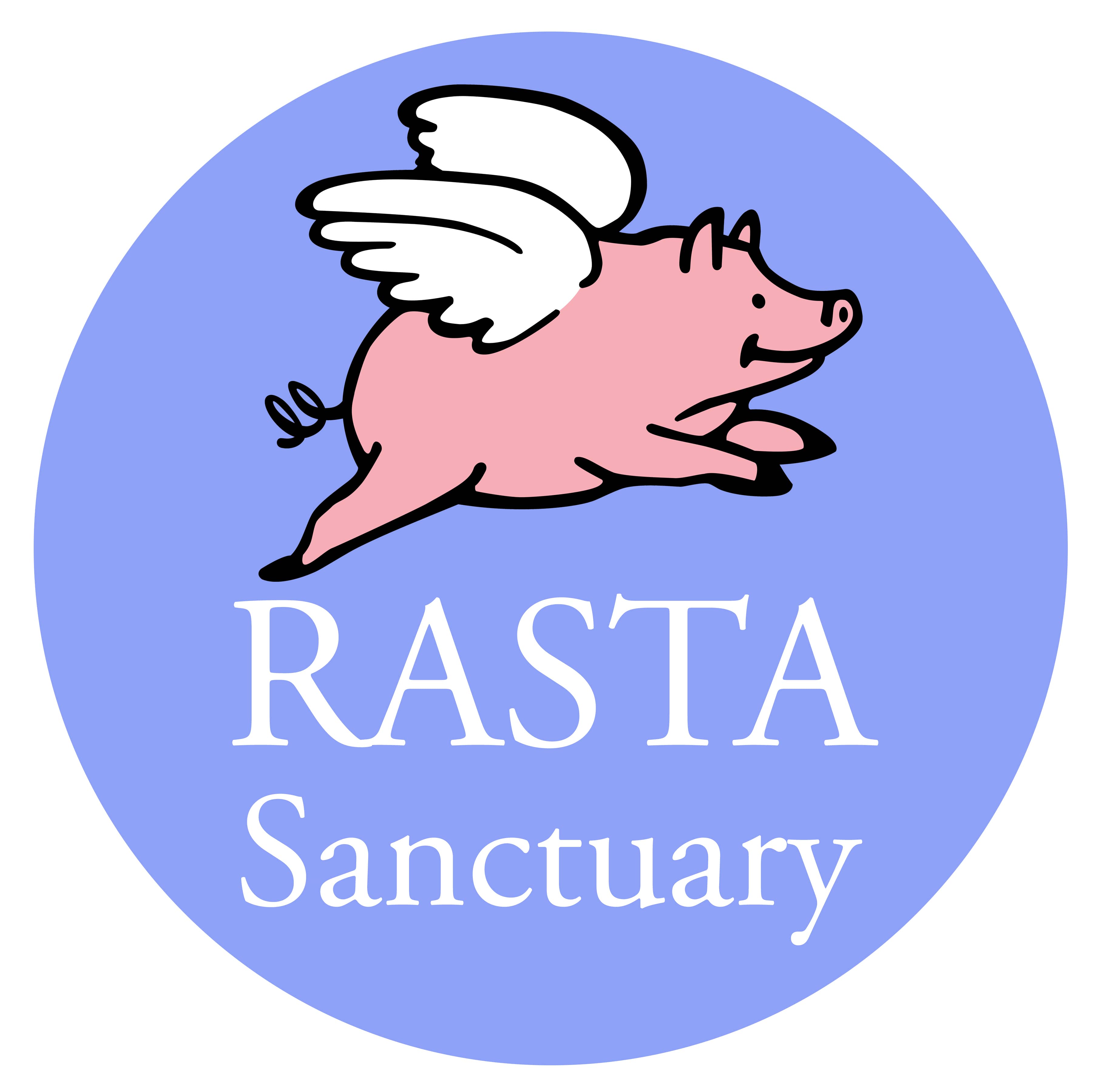 For those who don’t know RASTA’s history, the flying pig has a great deal of meaning to us because in many ways RASTA has been doing the impossible from day one. From our initial start up in Alberta as the first and only Sanctuary for rescued farm animals almost 20 years ago, we pioneered the way for a strong farm Sanctuary movement in what some might refer to as the wild west of Canada.
For those who don’t know RASTA’s history, the flying pig has a great deal of meaning to us because in many ways RASTA has been doing the impossible from day one. From our initial start up in Alberta as the first and only Sanctuary for rescued farm animals almost 20 years ago, we pioneered the way for a strong farm Sanctuary movement in what some might refer to as the wild west of Canada.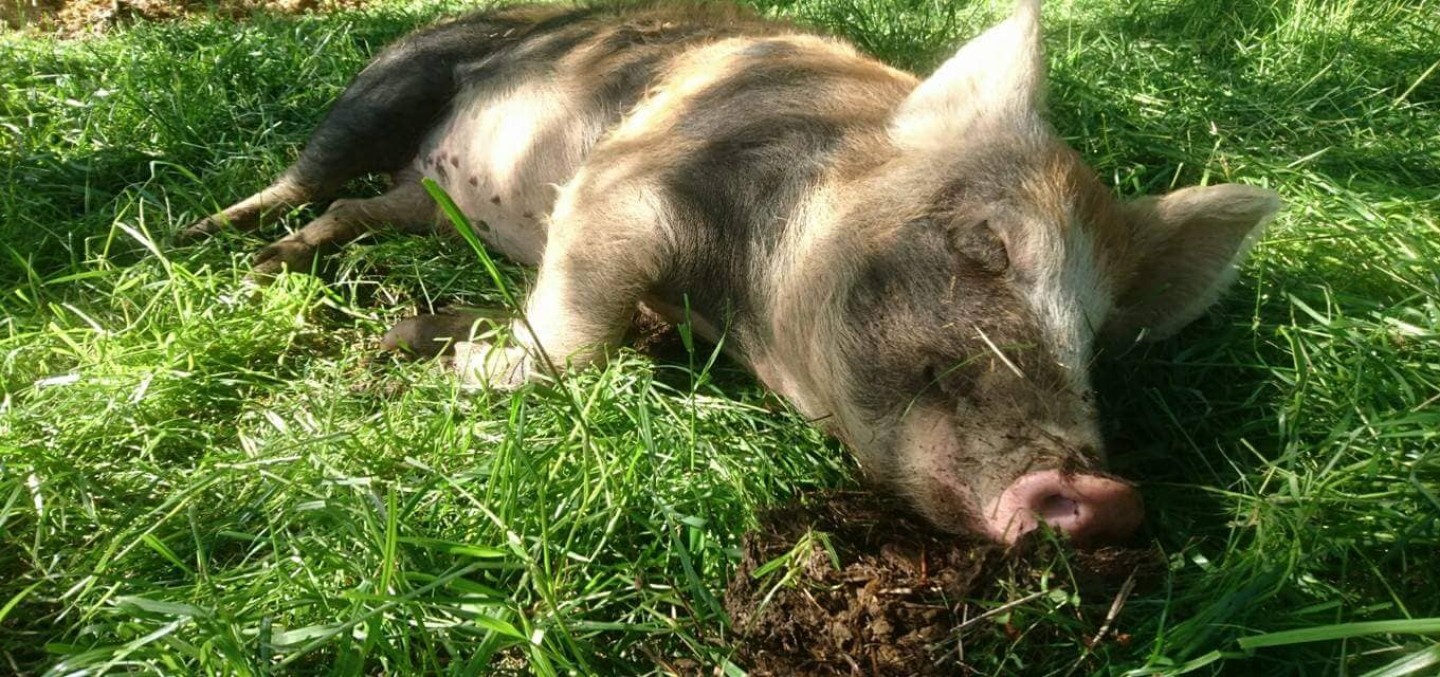
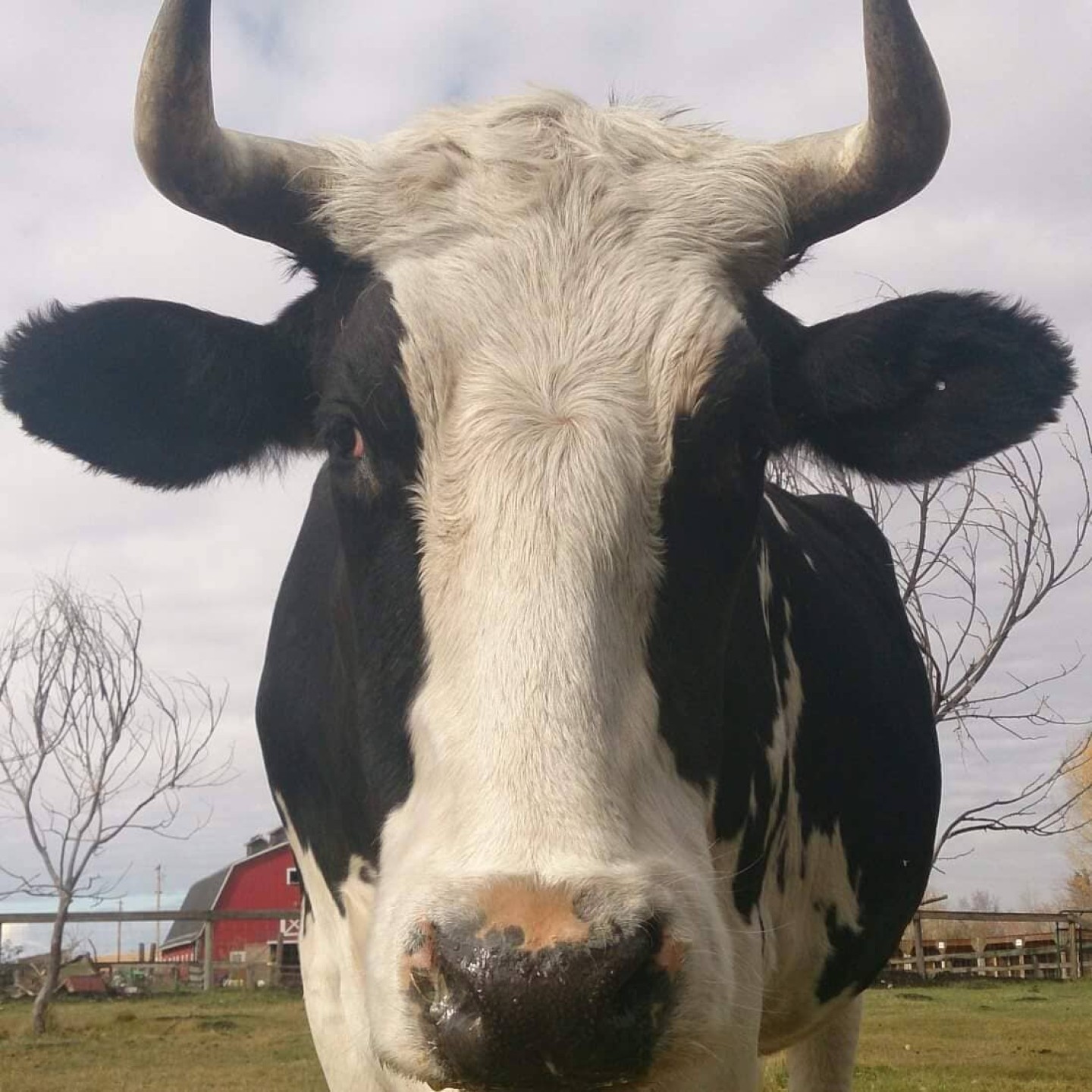
Recent Comments